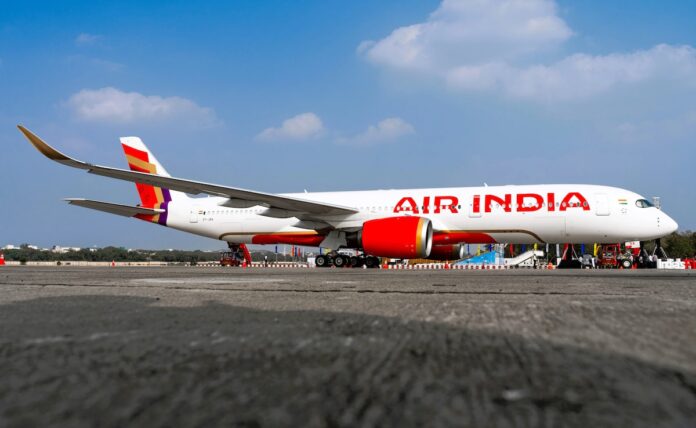New Delhi [India]: An Air India flight (AI126) en route from Chicago to Delhi on March 6, 2025 was forced to return to Chicago’s O’Hare International Airport following a technical snag that left 11 out of 12 toilets inoperable. The issue arose just 5 hours into the 14-hour journey, causing significant inconvenience for the approximately 300 passengers on board.
Reason for the Return
- Toilet Malfunction: According to a report by The New York Post, the malfunction caused all but one toilet — located in the business class section — to become clogged and unusable. This prompted the flight crew to make a U-turn while flying over Greenland.
- Safety Protocol: Aviation protocols allow a flight to turn back even if one or two toilets become inoperable, especially on long-haul routes with limited lavatories.
Air India’s Response
- A spokesperson for Air India stated that the plane returned to Chicago due to a technical issue.
- Upon landing, all passengers and crew disembarked normally and were provided with accommodation to minimize inconvenience.
- Alternative arrangements were made to ensure passengers could reach their destination.
Compensation and Support
- Full Refunds: Air India offered full refunds for cancellations.
- Free Rescheduling: Passengers were also given options for complimentary rescheduling.
- Customer Priority: The airline emphasized that the safety and well-being of customers and crew remain a top priority.
Passenger Reactions
- Frustration and Delays: Passengers reportedly faced a 10-hour ordeal with confusion regarding rescheduling and refunds. Some expressed dissatisfaction with the response time and clarity of information provided by Air India staff.
- Hoops to Jump: As per NYP, passengers claimed they had to “jump through hoops” to get their flights rescheduled or refunded.
Impact and Measures
This incident raises questions about maintenance protocols and emergency handling by airlines, especially on long-haul international flights. Air India’s prompt response with accommodation and refunds was seen as a positive step, but the delays and confusion faced by passengers highlighted the need for better communication during such disruptions.


